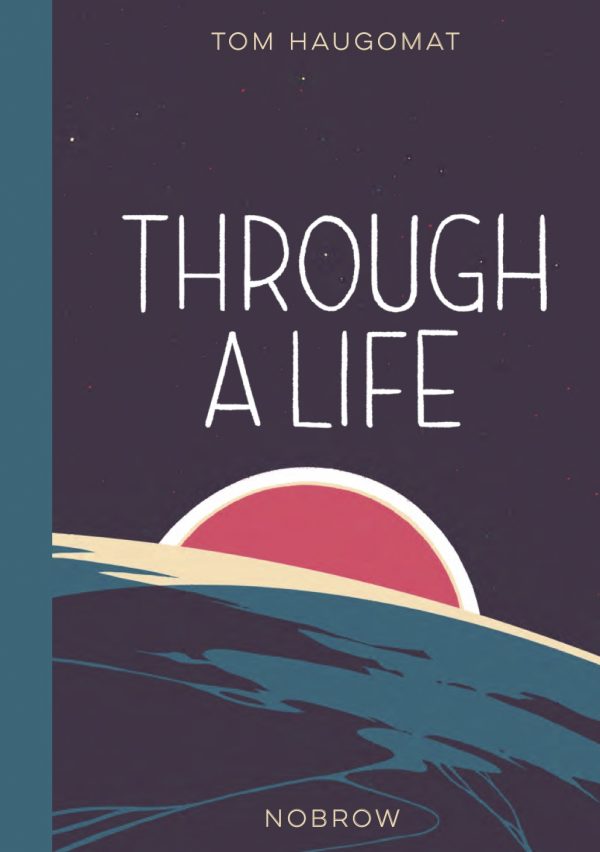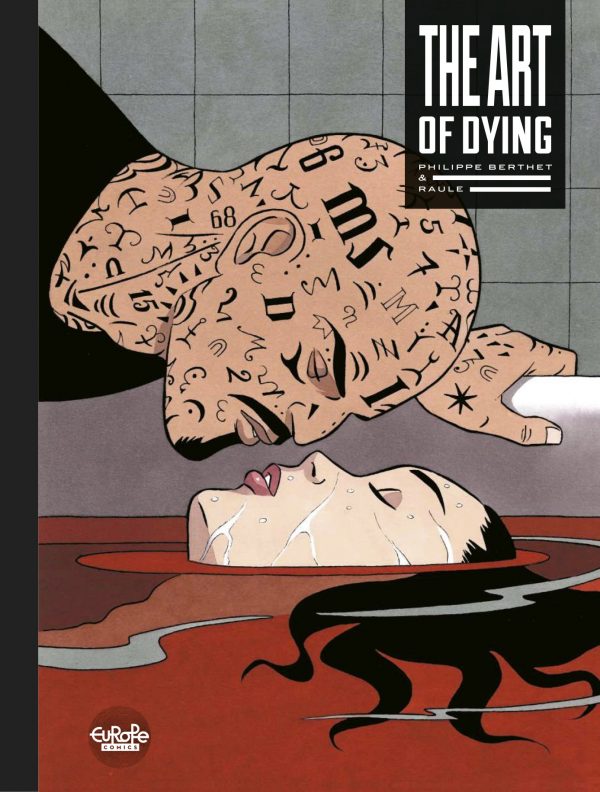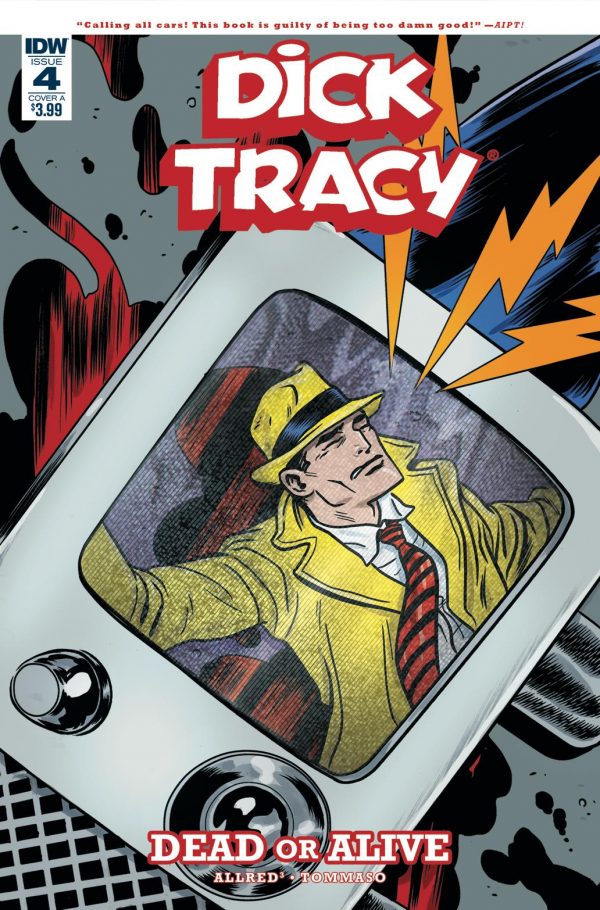The Art of Dying
Written by Raule
Illustrated by Philippe Berthet
Europe Comics
Prolific Spanish writer Raule crafted this story especially for French noir legend Bethet, and the combination of the two of them results in a fun throwback that pays tribute to Raule’s hometown of Barcelona even as it evokes the hardboiled comics of days passed.
Philippe Martin is a Parisian cop who is called to Barcelona by the police after he is mentioned in a young woman’s suicide note as her biological father. Martin is immediately sure who the woman’s mother is — a woman from his youth who left him after a romance, and who he never really got over. After meeting her and hearing her belief that their daughter was murdered, Martin throws himself into the investigation despite the exasperation of the local police at his insistence.
This is a nuts and bolts kind of mystery that has a refreshing quality amidst the current mania for ultra-violent, ultra-convoluted suspense stories. Martin is square-jawed and honest, and his investigation straightforward. Bethet’s art lends a lot of personality to the story and his rendering of Barcelona itself is detailed and offers a good sense of place, while his conservative characterizations serve as refreshingly against current stereotypes. Raule’s script offers some amusingly self-aware aspects that render the adventure charming, and altogether, this is a fun package of a lineage that I had thought had ended long ago.
Dick Tracy: Dead or Alive #4
Written by Lee and Michael Allred
Penciled by Rich Tommaso
Inked by Michael Allred
Colored by Laura Allred
Lettered by Shawn Lee
IDW Publishing
Is a new version of Dick Tracy necessary? That’s a hard one to answer. Are any revivals necessary? Probably not. And revivals of properties that are so part of another era present challenges for an update, the most obvious of which is having people react by asking if the new version is necessary.
The best way to answer this is to decipher what the main difference is between the versions, and that’s easy here. Chester Gould’s original strip wasn’t funny. It was absurd, but it basically played everything straight. Allred and Tommaso, however, play a lot for laughs. Tracy is overzealous in his honesty, determined to bring down crime even if it means arresting prominent people breaking the law. He’s eager to shoot bad guys and enthusiastically supports the death penalty, and goes off on madcap chases with tough-guy-crime-does-not-pay-speeches so machismo and corny that they would make Jack Webb blush.
And the adventures unfold in a strange version of the traditional Dick Tracy world that features the occasional anachronism — a giant screen TV, a newfangled VW Beetle, a cell phone — alongside tommy guns, fedoras, and plenty of art deco design. Eventually, someone brings up quantum entanglement. It makes sense in context.
In this fourth issue, Tess Trueheart finally makes an appearance, now an entirely re-worked federal agent who shares a turbulent romantic past with Tracy, and the entire plot, which seemed scattered at points, comes together quite neatly. As it stands, this is both an origin for Tracy — not that that was ever needed — and a reboot at the same time, filling the series with new law enforcement partners and criminals alongside the old favorites, fleshing out the set-up for the modern audience without updating it in a crass way. And Tommaso and Allred’s art zips off the page with energy and humor, while still making the story compelling enough that you want to read it. It’s a lot livelier than the comic strip ever was but in no way a betrayal of that original tone.
So to try and answer the original question, is a new version of Dick Tracy necessary? Given the thought and care that was put into it, and the energy of the execution, I don’t know if it was necessary, it certainly is recommended. In fact, it feels completely fresh and that’s a huge surprise for me.
Through A Life
by Tom Haugomat
NoBrow
Following Rodney from conception to death, Through A Life depicts both the beauty and heartache from living with dreams that you want to fulfill. In Rodney’s case, it’s flight and going to space, and we walk alongside him as his interests develop, his opportunities arise, and his goals are reached.
In our culture, these are all steps to be celebrated, but in Haugomat’s rendering, there are also the lost moments and people, sometimes out of your control and sometimes because your goals were fixated elsewhere. Rodney spends an awful lot of his time looking elsewhere. In Through A Life, windows, TV screens, computers screens, these are all portals to the places portions of his dreams are situated. Rodney always looks to them even as his life not contained in these portals still seem to move along. At a certain point, his dreams become his obstructions, and he seems to live alienated from his own experience, with dreams that were achieved but also fleeting, leaving nothing outside the portals for him to safely land on and prosper.
Haugomat tells this story by devoting one page, with two panels, to every year of Rodney’s life, giving the specific month and location, and depicting a significant event that functions as a turning point. Much like Rodney views his achievements as part of a trajectory, so are his disappointments. Through A Life is a cautionary tale about following your dreams, the flipside that you never think about, but which argue for balance.










Sounds like the “new” Dick Tracy is closer to Al Capp’s Fearless Fosdick. I’ll stick with the Gould classics.
“Chester Gould’s original strip wasn’t funny. It was absurd, but it basically played everything straight.”
Surely you’ve heard of B.O. Plenty and Gravel Gertie …
Comments are closed.